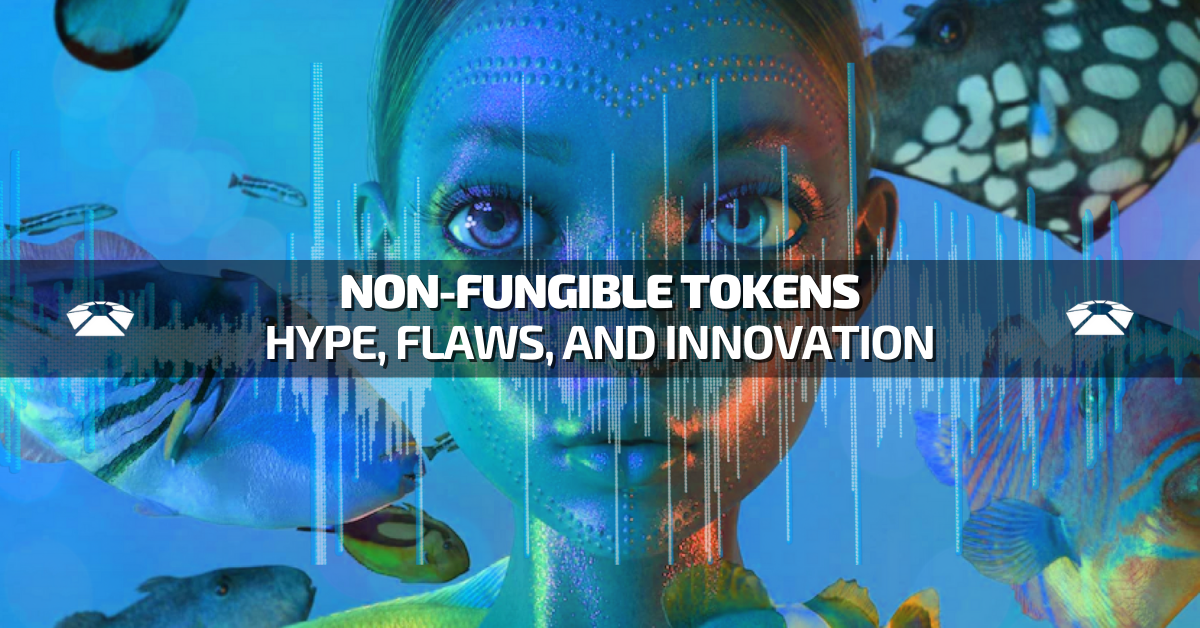
(Cover Image derived from Consensual Hallucinations by crypto artist Serwah Attafuah)
A digital certificate for intellectual property is sweeping the music world. Known as a Non-Fungible Token, or an NFT, these cryptographically verified digital collectibles allow artists to store unchangeable versions of their music/art on the blockchain. This article explores the hype, the flaws, and the innovation of this new technology and what it means for you as a producer, artist, or musician.
[su_divider top=”no” size=”1″]
What is Blockchain technology?
At this point, we have all heard about Bitcoin. But what many don’t know is that it is the technology behind Bitcoin and other cryptocurrencies that holds the power and potential to revolutionize all aspects of our digital exchanges.
[su_quote cite=”Shermin Voshmgir (Author of Token Economy)”]If we assume that the WWW has revolutionized information and the Web 2 revolutionizes interactions, then Web3 has the potential to revolutionize agreements and value exchange. It changes the data structures in the backend of the Internet, introducing a universal state layer, supported by incentivizing network actors with a token.[/su_quote]
You can think of Blockchain Technology as the “Web 3.0”. As opposed to our current internet where virality, piracy, and duplicability reign, Blockchain technology is an open-source distributed ledger operated by a global network of decentralized computers, each of which has reached a consensus on mathematical transaction verification. In other words, information and transactions on the blockchain can’t be changed once they are created.
(Taken from the Book “Token Economy” by Shermin Voshmgir.)
These cryptographically secure, decentralized ledgers make it possible for digital assets to take on almost physical qualities, making them incredibly difficult to hack/counterfeit while expanding the advantages of self-executing contracts (Smart Contracts) contained in the code.
[su_divider top=”no” size=”1″]
So what is a Non-Fungible Token (NFT)?
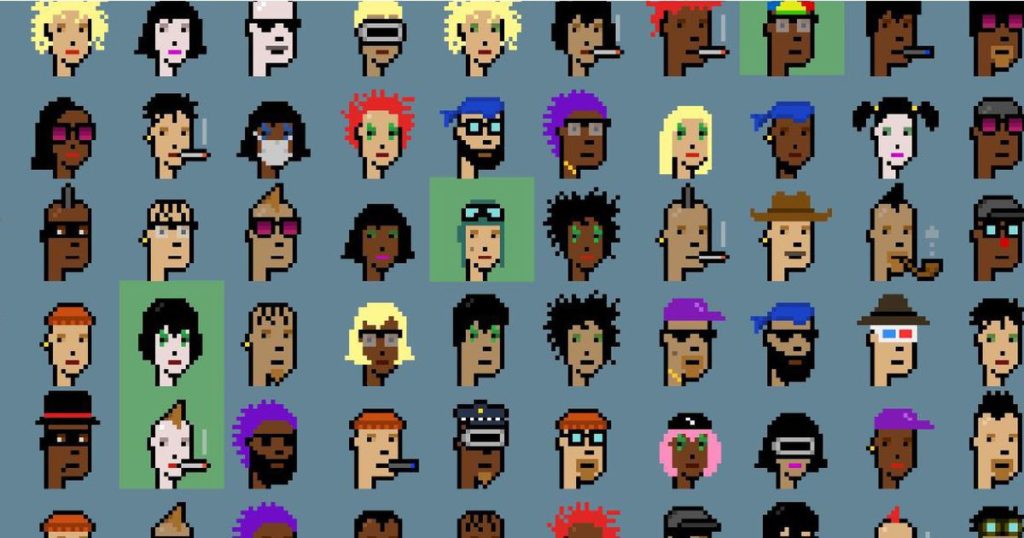 (CryptoPunks by Larva Labs, considered the first-ever NFT on the Ethereum blockchain)
(CryptoPunks by Larva Labs, considered the first-ever NFT on the Ethereum blockchain)
Enter the world of Fine Art and collectibles, blockchain goes to work to solve the biggest problem in digital art, its inherent fungibility. By creating a digital certificate for intellectual property, Non-Fungible Tokens (NFTs) cryptographically verify the artist and origin of a piece of art or music and store a tracking ID on the blockchain. In contrast to cryptocurrencies, each NFT can be separated from the others, meaning that no two tokens are alike.
Where Bitcoin is “digital gold,” NFTs propose to further fill in the gap of wealth-building assets in digital form by creating one-of-a-kind editions of art and/or audio directly from creators, mimicking the value and uniqueness that makes physical fine art or collectibles so valuable.
Despite the hype, questions still linger whether the longevity of these tokens is as secure as they purport to be. At the moment, most NFT file sizes are too large to be stored directly on the Ethereum blockchain and require storing their metadata on servers off any actual blockchain. This means for the majority of NFT platforms, the art itself is not on the blockchain, but rather an identification number that can then be used to retrieve your metadata from the off-chain network (the most popular being the InterPlanetary File System or IPFS.)
While many consider IPFS as a sort of “permanent internet,” IPFS functions as a sort of distributed BitTorrent, so unless users are downloading your contents across different nodes, your backups might only exist at the source of your node. IPFS nodes treat stored data like a cache, meaning there is no guarantee the data will continue to be stored unless the content (retrieved through a Content ID) is pinned to a node. Companies such as PINATA have filled this need of hosting data (at a tiered service cost) while platforms choose to pin directly on their own servers. If a node where your data is pinned shuts down or is lost (your platform goes belly up or you forget to pay your monthly Pinata bill) access to your metadata on the IPFS could also be lost. Collectors can avoid this by hosting data on their own personal node, let’s say a home computer. But likewise, if your private node is damaged or shuts down you will lose access to your IPFS content.
The responsibility for the maintenance of off-chain NFT data is yet to be defined and will likely determine the true longevity of most NFTs.
(Source: The broken promises of NFT Art up to date as of November 2020)
A small number of innovators such as LarvaLab’s Autoglyphs have broken this pattern of off-chain metadata storage by making the code of the token the art itself. Other generative visual and audio projects such as Eulerbeats use mathematical algorithms to create music and visuals that aimed to create “on-chain” art. Since storing images and audio directly on a blockchain uses a significant amount of energy (the Ethereum blockchain alone has the equivalent energy usage as the country of Ecuador) solutions for this will have to address energy usage for expanding chain content across the board.
(Source: The broken promises of NFT Art November 2020)
[su_divider top=”no” size=”1″]
How could NFTs / Blockchain change your music game?
[su_vimeo url=”https://vimeo.com/522097016″ width=”780″]
(‘Death of the Old’ by Grimes x Mac, NFT sold in February for $388k, see the original sale on Nifty Gateway here)
Beyond the flaws of off-chain NFT metadata, the medium still presents quite a few innovations for artists to take advantage of.
1. Registered Digital Ownership, Creating a “Collectible” – In a world where online streams barely cover the cost of most artist’s mastering fees, adding a digitally collectible version of your music (known as an audio NFT) to your income stream could make a world of difference for artist financial sustainability. Artists such as 3LAU, Deadmau5, and Grimes have succeeded spectacularly at this. Like other collectibles, the value of your NFT track, stems, demo, album, or other tokenizable merchandise will depend on your own homegrown notoriety. Given the hype of the market (think the Dot.com boom of the early 2000s) and the low cost to create a minted token, it might be the investment to possibly recoup some of 2020’s devastating effects on the music industry.
2. Royalty Payments – This has to be the most exciting aspect benefit artists can have from making an NFT’s. Through the use of Smart Contracts, NFTs can be programmed to have built-in royalty payments for every subsequent sale of your NFT, making sure that whenever someone is making money off of your art you are included. This can vary depending on the number of sales your piece has e.g. 10% commission for the first sale, 20% commission for every sale thereon. These contracts are literally written in the code of the token. Beware, not all platforms for NFTs contain these royalties so make sure to do your research when choosing where to mint.
Additionally, the is currently no universal standard to account for royalty payments from secondary markets (though the “Ethereum Improvement Proposal” or EIP-2981 is currently at work to solve this). This means if your NFT is sold outside the marketplace through which you created the smart contract you may not receive the royalties you are entitled to. We will have to wait and see how this universal standard might be implemented to further support artists.
3. Decentralized Independent Distribution and DAO’s – At the moment, NFT’s are taking PROs, publishers, and labels by surprise. According to Billboard, as of March 11, 2021, labels and publishers have little to no rules in place regarding the ownership and distribution of profits from NFTs. Artists can use platforms to distribute and track their NFTs without labels or other middlemen. At the moment, this means profits are going straight to artists. Who knows how long this might last though as labels and publishers are sure to be gearing up to take a piece of the action.
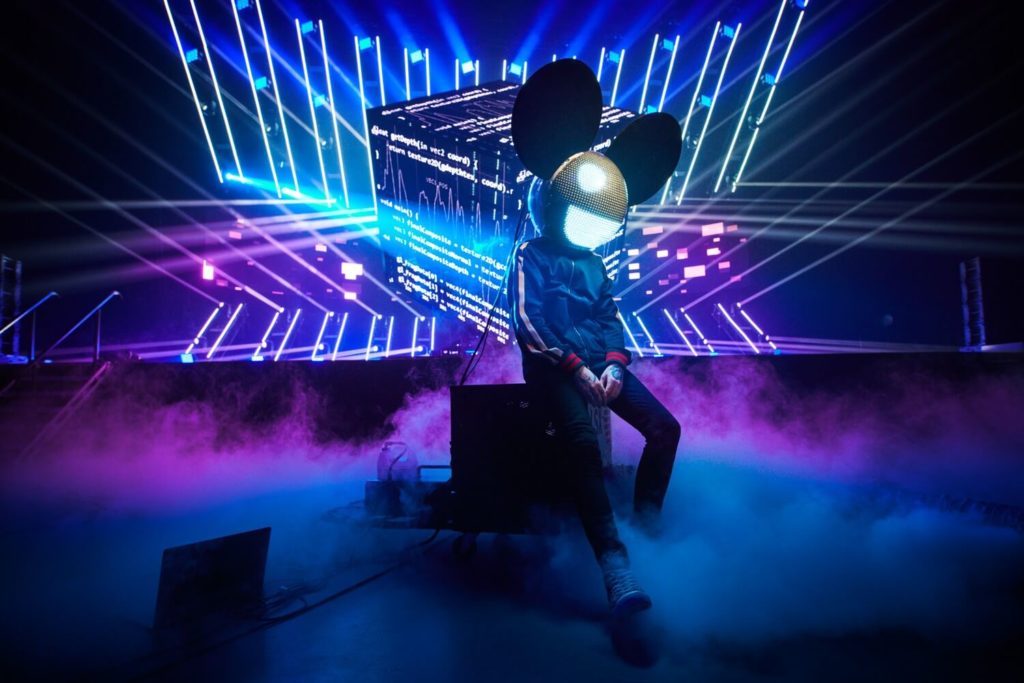 (Source: Deadmau5 teams up with Audius October 2020, read full article here.)
(Source: Deadmau5 teams up with Audius October 2020, read full article here.)
Another option on the horizon for the music industry is the creation of DOA streaming platforms for crypto- music (so not necessarily using tradeable NFTs but still utilizing blockchain innovations). DOAs, or Decentralized Autonomous Organizations, are organizations built on the Ethereum blockchain that hold the potential to run autonomously using self-executed code (smart contracts). The framework of each DAOs is different but you can liken them to a sort of digital co-op where rules are voted on by participants and then executed automatically through collectively maintained smart contracts. This would allow the DAO to be cut out middleman expenses, passing benefits directly onto artists. Audio.co is one such platform gaining notoriety with artists such as 3LAU, Deadmaus, Mr.Carmack, and Rezz. While there is a ton of potential for these new forms of decentralized platforms, in practice DAO’s have not perfected their distribution of power and at the moment are still subject to power grabs.
[su_divider top=”no” size=”1″]
What still needs to be said…
Climate Change is real even in a digital world. Blockchains, of which there are hundreds, use an insane amount of energy to vet their blocks. Bitcoin alone is estimated to use the energy equivalent of the country of Argentina and Ethereum that of Ecuador.
According to Nature, “…Bitcoin usage, should it follow the rate of adoption of other broadly adopted technologies, could alone produce enough CO2 emissions to push warming above 2 °C within less than three decades.”
This is a terrifying prospect. As the popularity of this medium grows, the digital age will need to account for real-world threats created by its adoption.
[su_divider top=”no” size=”1″]
While NFTs and blockchain could revolutionize current systems, many challenges still lie ahead. From collectibility and longevity to artist royalties and distributed streaming platforms, NFT’s and blockchain will continue to shape the music world and beyond.
Only time will tell whether this technology will live up to its namesake. Will you be making your next single as an NFT? Comment Below.
If you’d like to learn more about music production with Ableton Live with access to online live study groups, find out which of our programs is right for you.
[divider style=”clear”]
[su_button url=”https://beatlabacademy.com/beat-lab-live-online/” style=”ghost” background=”#303133″ color=”#303133″ size=”12″ wide=”yes” center=”yes” radius=”20″ icon_color=”#303133″ class=”custombuttonsyeuda”]Beat Lab Live Online[/su_button]
[su_button url=”https://beatlabacademy.com/online-certification-program/” style=”ghost” background=”#303133″ color=”#303133″ size=”12″ wide=”yes” center=”yes” radius=”20″ icon_color=”#303133″ class=”custombuttonsyeuda”]Beat Lab Online (Self-Pace)[/su_button]
[su_button url=”https://beatlabacademy.com/request-more-info/” style=”ghost” background=”#303133″ color=”#303133″ size=”12″ wide=”yes” center=”yes” radius=”20″ icon_color=”#303133″ class=”custombuttonsyeuda”]Contact Us[/su_button]
[su_button url=”https://beatlabacademy.com/class-visits/” style=”ghost” background=”#303133″ color=”#303133″ size=”12″ wide=”yes” center=”yes” radius=”20″ icon_color=”#303133″ class=”custombuttonsyeuda”]Class Vists[/su_button]


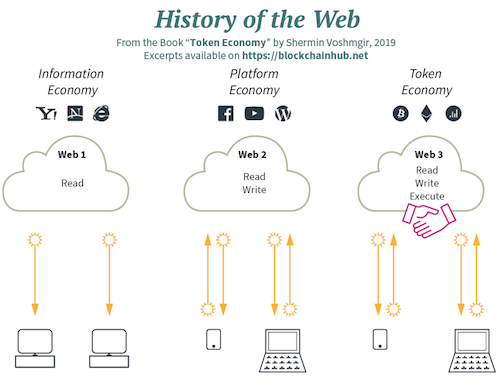

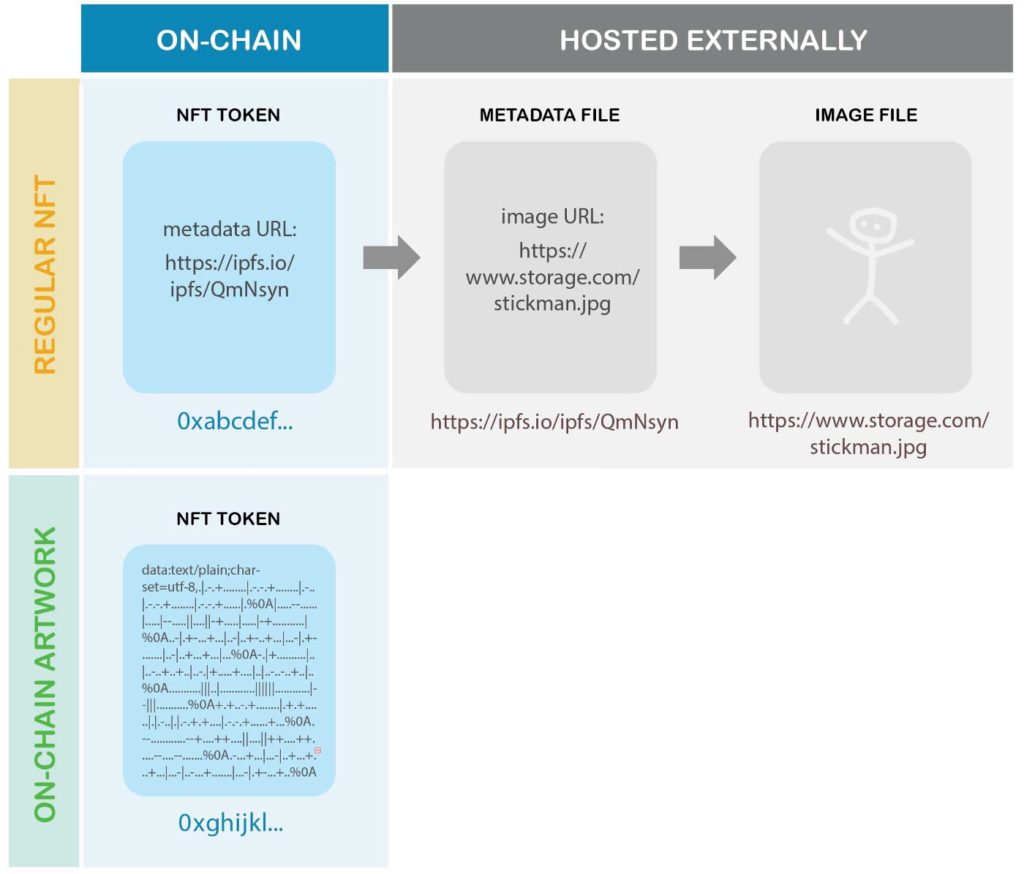
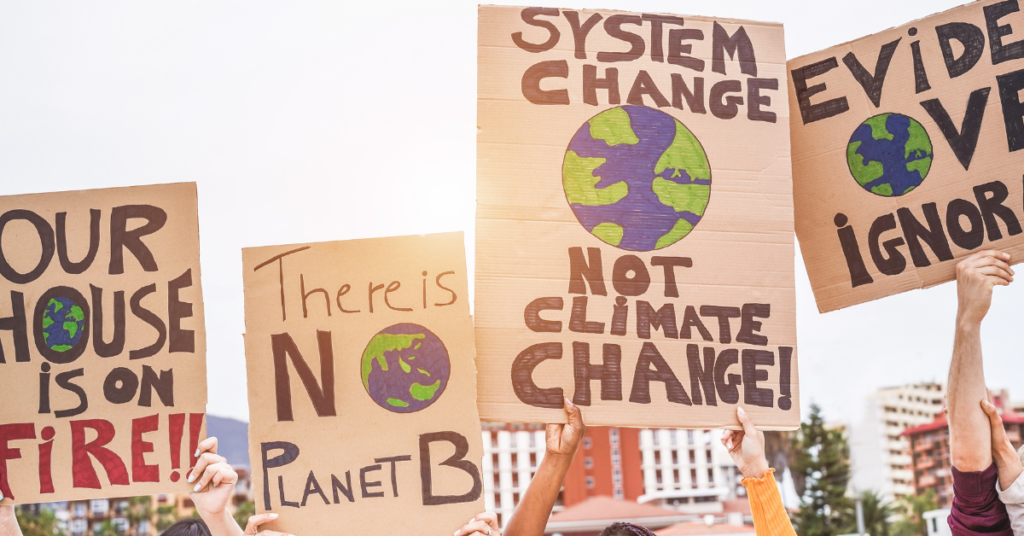



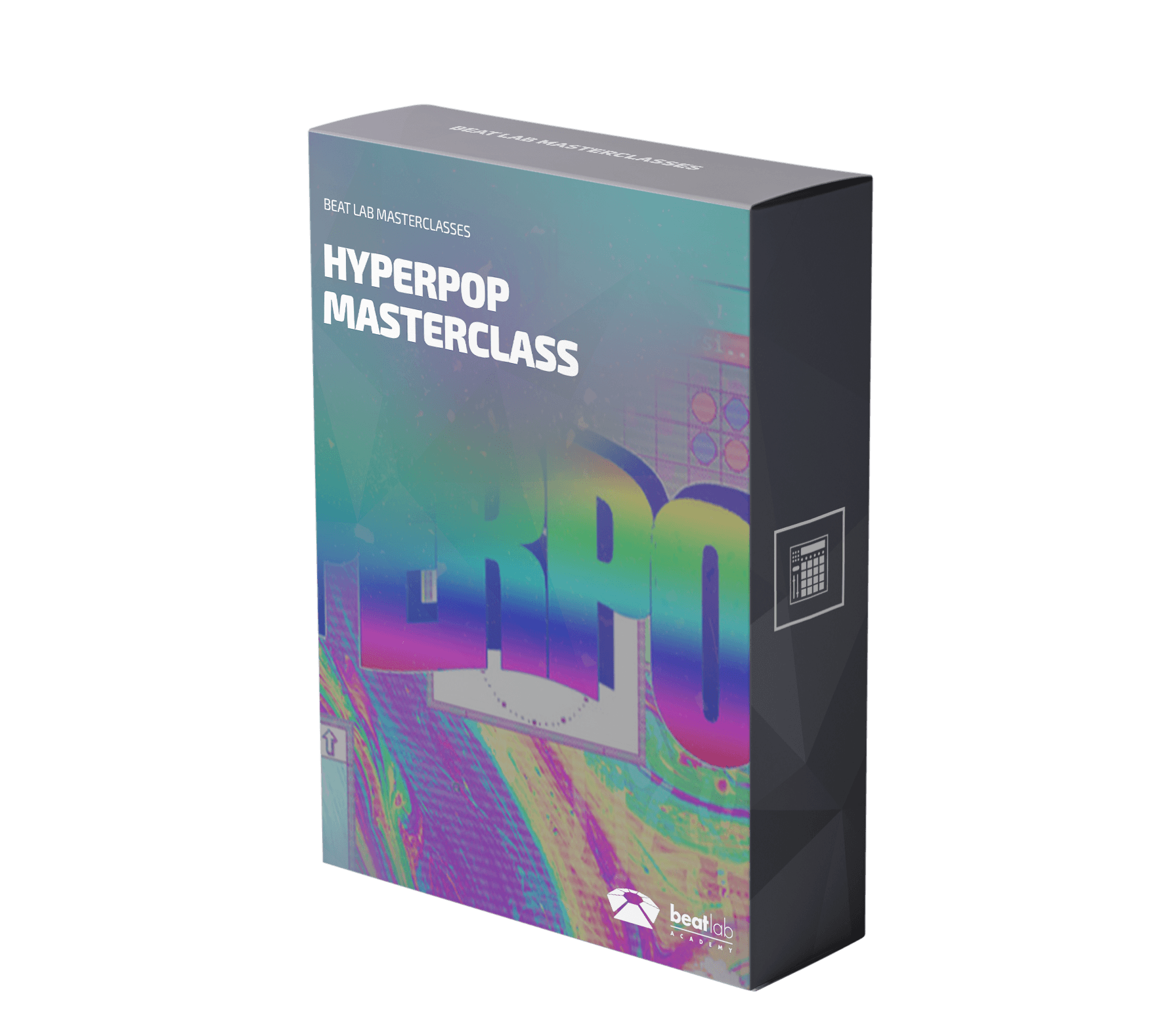
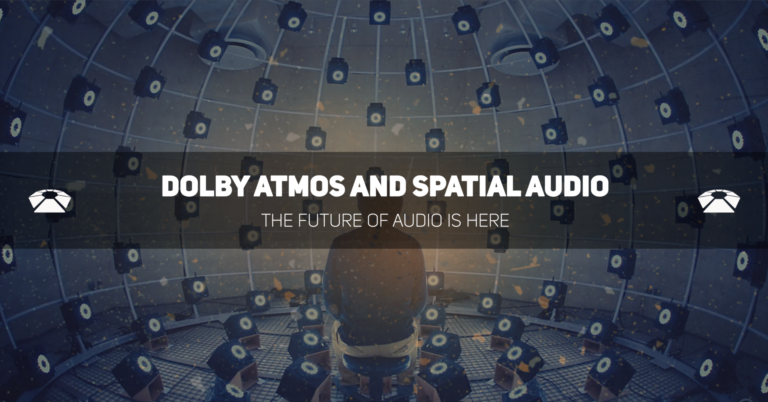
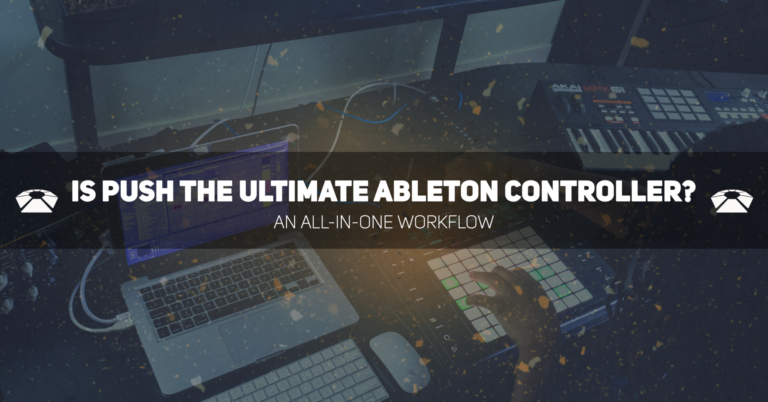
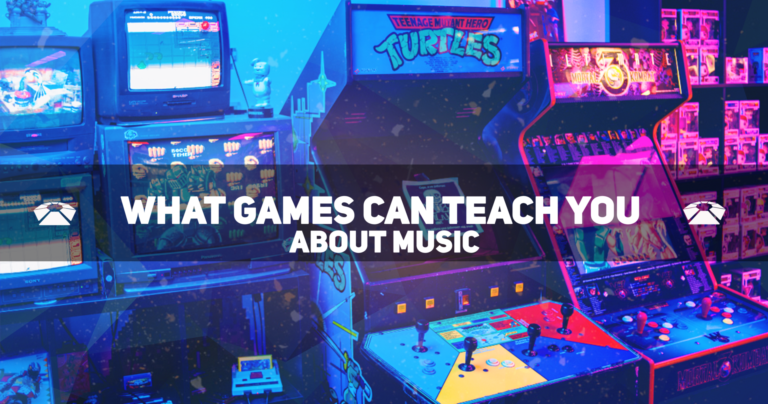
1 responses on "Non-Fungible Tokens - Hype, Flaws, and Innovation"